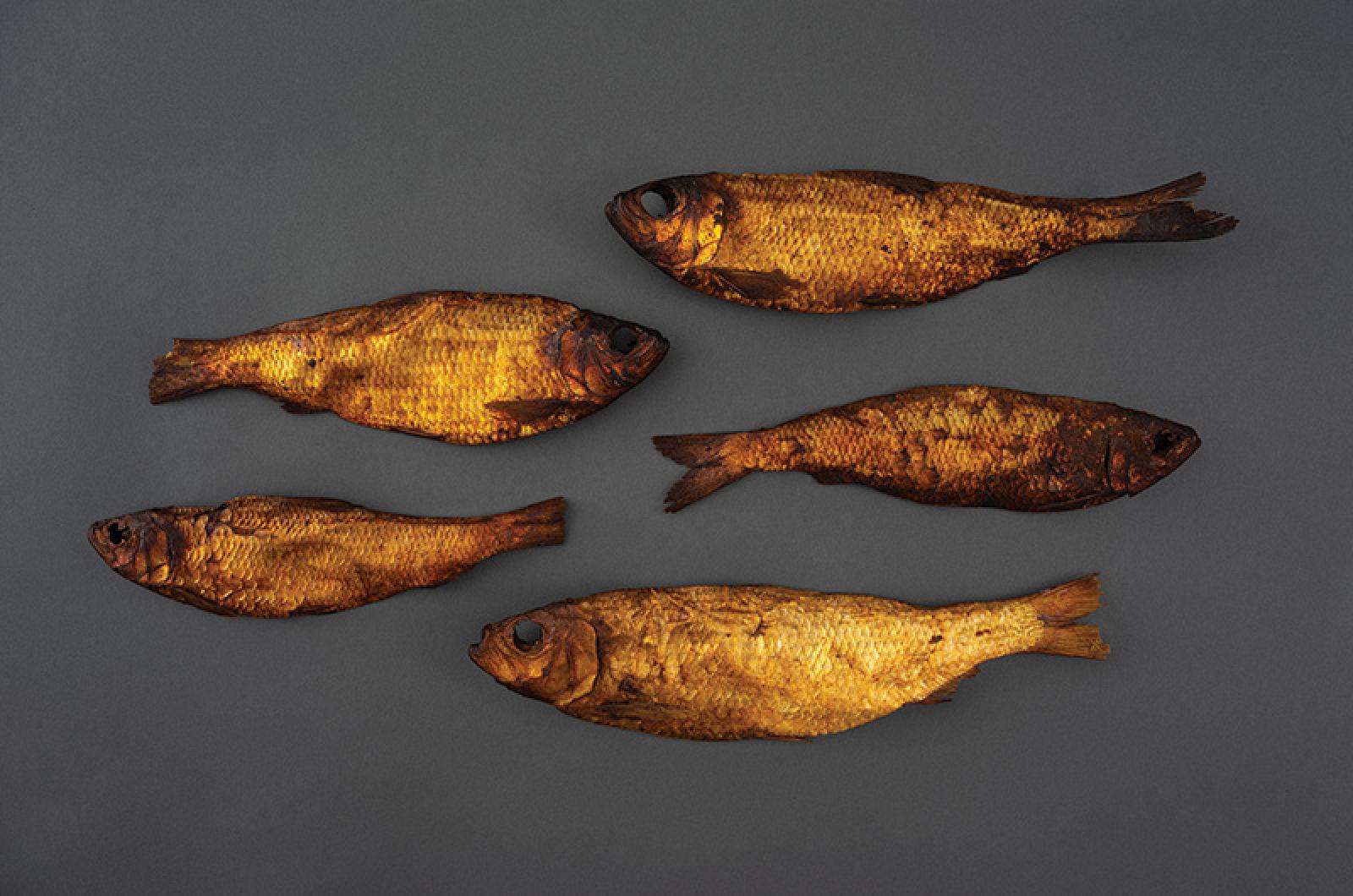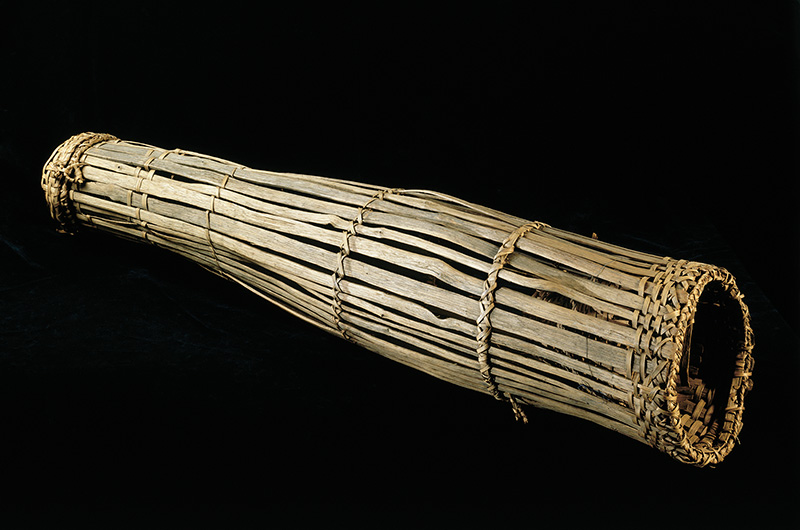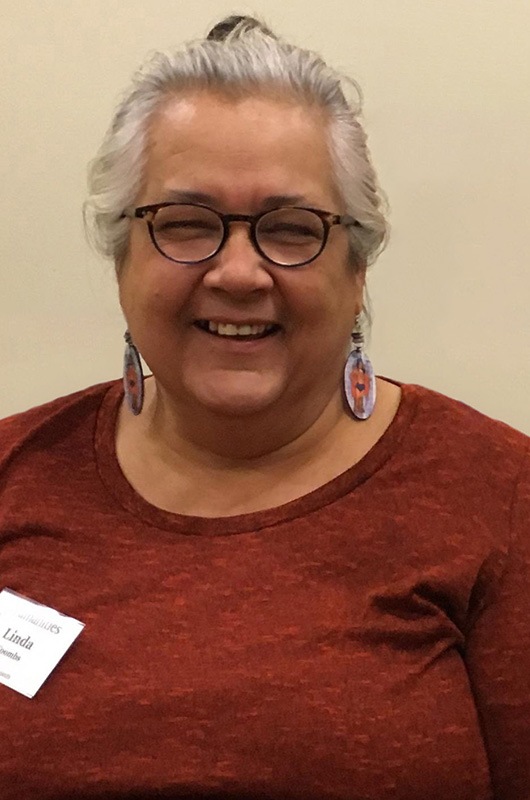Three members of the Wampanoag Tribe of Gay Head (Aquinnah) are among seven Wampanoag tribal members whose voices guide a virtual exhibit that opens today at Harvard University’s Peabody Museum of Archaeology and Ethnology.
Titled Listening to Wampanoag Voices: Beyond 1620, the exhibition asks contemporary tribal members for their responses to Wampanoag artifacts from the museum’s collection, spanning the four centuries since English colonists arrived on the tribes’ shores.
The historic pieces range from every day items such as baskets and smoked and dried herring to the museum’s much-studied Sudbury bow, a hickory longbow with an inscription claiming it was taken by a colonist from an Indian he killed in 1660.
Paired with a small stone-and-wood anchor, known as a killock, Gay Head (Aquinnah) tribal member Jonathan James-Perry speaks in Wôpanâak as he describes the importance of water in the tribe’s culture and history.
“We traveled to and from the islands and up and down the coast and we fished and we whaled from mishoon or dugout canoes that we produce that could be up to 60 feet in length and hold 40 men or be very small and used in small rivers, maybe just eight feet long,” Mr. James-Perry says in the exhibition audio, for which an English transcript is provided.
Elizabeth James-Perry meets the Peabody’s Wampanoag eel trap as an old friend. She studied it some 20 years ago and created a replica with materials gathered in the woods of Dartmouth.
“A lot of our diet has remained pretty consistent. We’re still by the same waters our ancestors lived on,” Ms. James-Perry says in her remarks, going on to describe the tribes’ varied menu over the centuries.
While seasonal fish like herring, eels and shad are still harvested, she says, former staples like whale, seal and, more recently, sturgeon are no longer part of the Wampanoag diet.
“There’s a lot of environmental stresses on the fish and shellfish as well,” Ms. James-Perry adds. “So things have changed a bit, but we’re still lucky to be here.”
A woven wool sash, known at the Peabody as King Philip’s Sash, sent Ms. James-Perry on a deeper dive. She researched genealogical and trade cloth records to arrive at a date of around 1714 for its creation — nearly 40 years after King Philip (Metacom) was killed by an English soldier, but still before the end of hostilities in the Northeast.
The red, black and white sash can be seen in many ways, Ms. James-Perry says.
“I can look at it as a textile artist and admire the artistry of the hands. I can look at it as a beautiful and protective piece that was very emblematic of the person’s tribal identity . . . I can think of it as a belonging. And I can think of it as the war trophy that it became.”
Another Gay Head (Aquinnah) artist, Linda Jeffers Coombs, is paired with a basket woven from beach grass by 19th-century tribal member Bathsheba Occouch. Weaving beach grass was unique to the Island Indians, Ms. Coombs says, and Ms. Occouch was known for her skill.
“She was known as Bashie,” Ms. Coombs says. “Another of Bashie’s beach grass baskets is now in the collection of the Martha’s Vineyard Museum.”
Along with the basket, Ms. Coombs comes face to face with a double portrait of two Gay Head Indians, Deacon Jeffers and Aaron Cooper, and tells of her research into their lives and families.
“They both worked to protect and maintain Gay Head from further effects of the colonial processes, to be able to keep our lands and old ways of life,” she says.
In addition to the three Gay Head (Aquinnah) tribal members, Listening to Wampanoag Voices: Beyond 1620 also includes four members of the Mashpee Wampanoag tribe: Paula Peters, Phillip Wynne, Alyssa Harris and Zoë Harris.
The exhibit opens Oct. 12 at peabody.harvard.edu.










Comments
Comment policy »